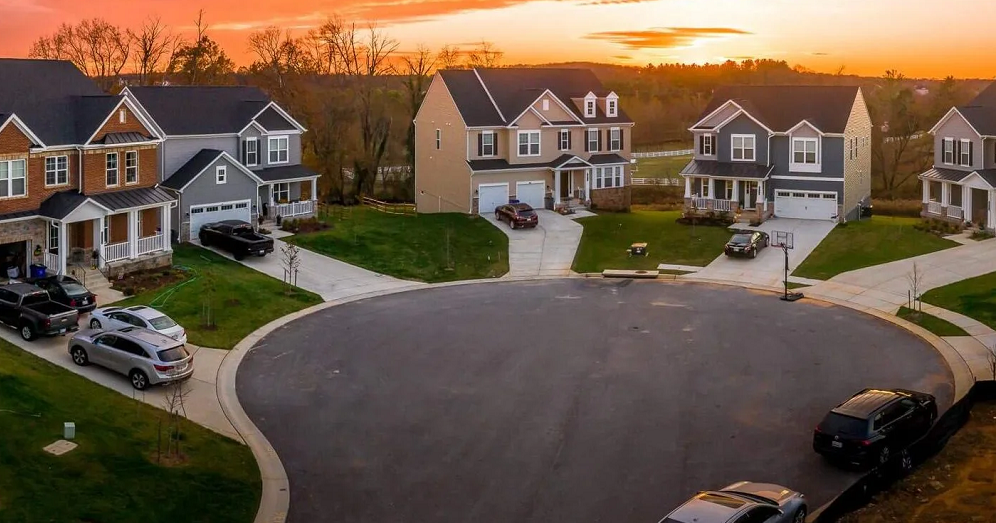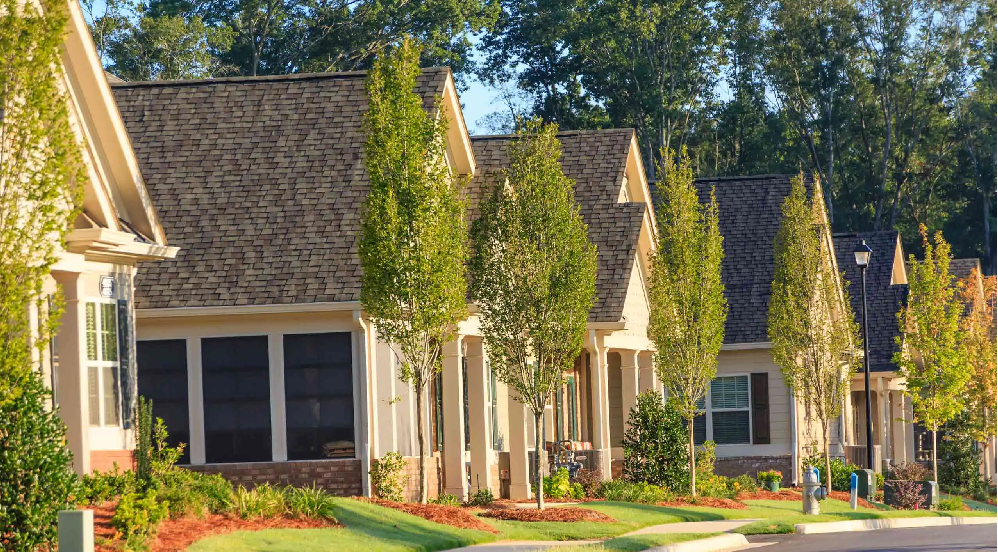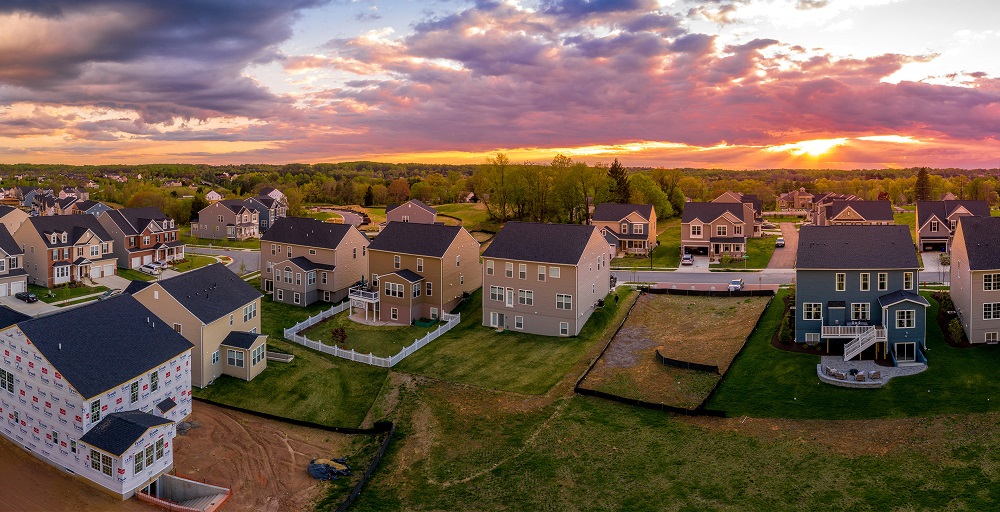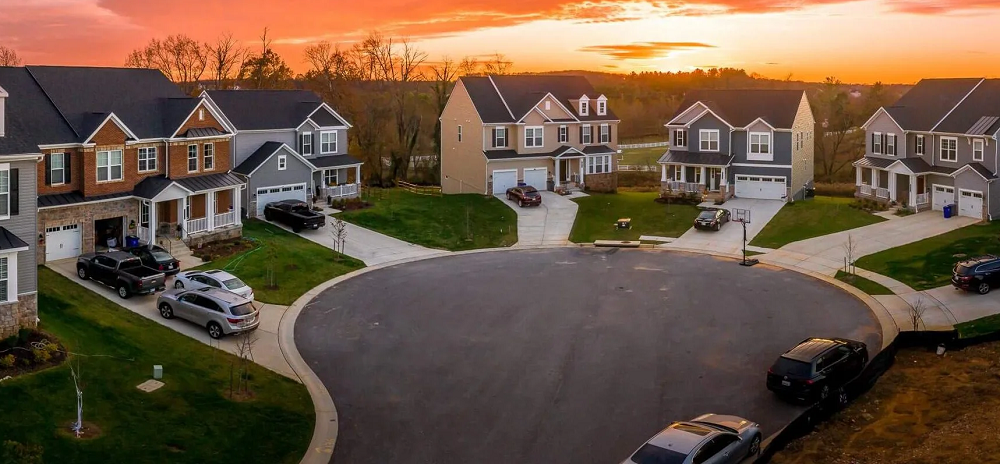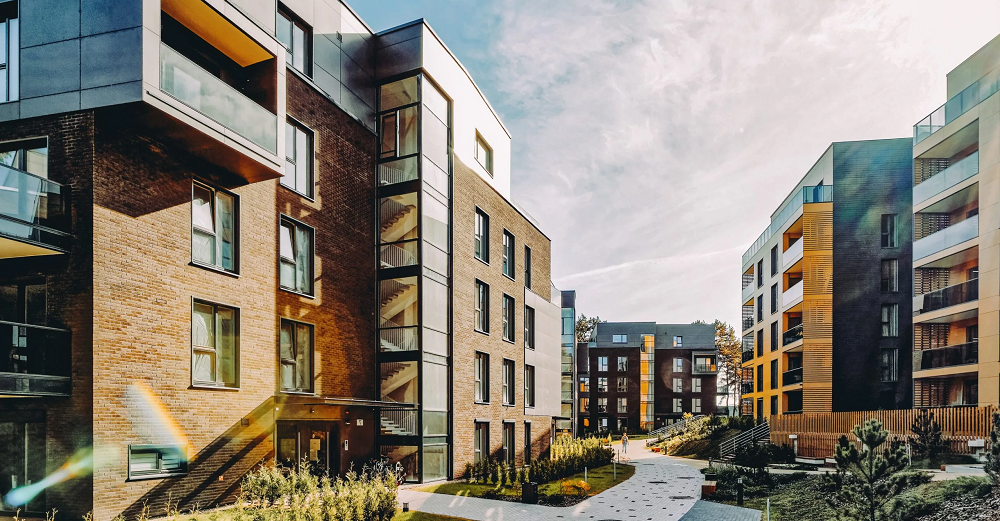The nation’s overall delinquency rate was 3.6% in November. All stages of delinquencies showed year-over-year decreases in November.In November 2021, 3.6% of home mortgages were in some stage of delinquency (30 days or more past due, including those in foreclosure) , which was a 2.3-percentage point decrease from November 2020 according to the latest CoreLogic Loan Performance Insights Report. November marked the first time since the pandemic began that the overall delinquency rate fell below the March 2020 level.
The CoreLogic Loan Performance Insights report features an interactive view of our mortgage performance analysis through November 2021. Measuring early-stage delinquency rates is important for analyzing the health of the mortgage market. To more comprehensively monitor mortgage performance, CoreLogic examines all stages of delinquency as well as transition rates that indicate the percent of mortgages moving from one stage of delinquency to the next.
Since March 2020, the COVID relief program under the CARES Act allowed millions of homeowners to temporarily pause or reduce their mortgage payments. However, for many of these homeowners, the forbearance plans already expired or are expiring soon. The maximum forbearance period was 18 months for most of the programs. Thus, a loan that entered forbearance during April 2020 would have had to exit forbearance no later than October 2021. According to the Mortgage Bankers Association (MBA), the share of mortgage loans in forbearance decreased to 1.41% in December 2021, a drop of 26 basis points from 1.67% in the prior month.
The CoreLogic Home Price Insights report features an interactive view of our Home Price Index product with analysis through December 2021 and forecasts through December 2022. CoreLogic HPI™ is designed to provide an early indication of home price trends. The indexes are fully revised with each release and employ techniques to signal turning points sooner. CoreLogic HPI Forecasts™ (with a 30-year forecast horizon), project CoreLogic HPI levels for two tiers—Single-Family Combined (both Attached and Detached) and Single-Family Combined excluding distressed sales.
National home prices increased 18.5% year over year in December 2021, according to the latest CoreLogic Home Price Index (HPI®) Report. The December 2021 HPI gain was up from the December 2020 gain of 8.9% and was the highest 12-month growth in the U.S. index since the series began in 1976. Price appreciation averaged 15% for the full year of 2021, up from the 2020 full year average of 6%. Home price growth in 2021 started off at 10% in the first quarter, steadily increasing and ending the year with an increase of 18% for the fourth quarter.
In addition to elevated demand for owner-occupied and second homes since the onset of the pandemic, there has also been an increase in investor home purchases across the U.S. housing markets. As the recent CoreLogic analysis showed, investor purchases accounted for about a quarter (26%) of all home purchases in the third quarter of 2021, up from 16% seen in 2019. Among investors, there has also been an increase in iBuyer home purchases in 2021. An iBuyer, or “instant buyer,” is a real estate company that uses technology to buy and resell homes quickly.
The Case-Shiller methodology is the established standard for measuring home price growth. This is for good reason. Contrast it with the second most common method: the median. The median comes with the substantial flaw that it can change because different types of homes are selling, and not because they are appreciating. The Case-Shiller methodology avoids this by comparing a homes’ sale price in one sale compared to its previous sale.
U.S. single-family rent growth increased 11.5% in November 2021, the fastest year-over-year increase in over 16 years, according to the CoreLogic Single-Family Rent Index (SFRI). The index measures rent changes among single-family rental homes, including condominiums, using a repeat-rent analysis to measure the same rental properties over time. The November 2021 increase was more than three times the November 2020 increase, and while the index growth slowed in the summer of 2020, rent growth returned to its pre-pandemic rate by October 2020.
Historically, large-balance mortgage loans, known as ‘jumbo’ loans, have had a higher interest rate than conforming loans. However, since mid-2013, the interest rate for a jumbo loan was lower than a conforming loan until June 2020. Low interest rates during the pandemic didn’t benefit homebuyers with jumbo loans the same way as it did homebuyers with conforming loans. While the conforming mortgage interest rate dropped to record lows in 2020, the jumbo-to-conforming mortgage rate spread widened and jumbo loans became relatively more expensive than conforming loans.
In October 2021, 3.8% of home mortgages were in some stage of delinquency (30 days or more past due, including those in foreclosure), which was a 2.3-percentage point decrease from October 2020 according to the latest CoreLogic Loan Performance Insights Report . Comparatively, the overall delinquency rate in October 2019 was 3.7%. The share of mortgages that were 30 to 59 days past due — considered early-stage delinquencies — was 1.2% in October 2021, down from 1.4% in October 2020. The share of mortgages 60 to 89 days past due was 0.3% in October 2021, down from 0.6% in October 2020.
The CoreLogic Loan Performance Insights report features an interactive view of our mortgage performance analysis through October 2021. Measuring early-stage delinquency rates is important for analyzing the health of the mortgage market. To more comprehensively monitor mortgage performance, CoreLogic examines all stages of delinquency as well as transition rates that indicate the percent of mortgages moving from one stage of delinquency to the next.
The U.S. has experienced record annual home-price growth with faster appreciation for detached houses than attached homes. A similar pattern has occurred for rent growth, and that experience is not unique to the U.S. The CoreLogic Single-family Rent Index has found an acceleration in annual rent growth to the highest recorded since the series’ inception in 2005. The double-digit rise of the past year is eight percentage points faster than measured one year earlier. Likewise, the CoreLogic Hedonic Rental Index for Australia has also accelerated a similar amount.
National home prices increased 18.1% year over year in November 2021, according to the latest CoreLogic Home Price Index (HPI®) Report . The November 2021 HPI gain was up from the November 2020 gain of 8.1% and was the highest 12-month growth in the U.S. index since the series began in 1976. The increase in home prices was fueled by low mortgage rates, low for-sale supply and an influx in homebuying activity from investors. Projected increases in for-sale supply and moderation in demand as prices grow out of reach for some buyers could slow home price gains over the next 12 months.
The CoreLogic Home Price Insights report features an interactive view of our Home Price Index product with analysis through November 2021 and forecasts through November 2022. CoreLogic HPI™ is designed to provide an early indication of home price trends. The indexes are fully revised with each release and employ techniques to signal turning points sooner. CoreLogic HPI Forecasts™ (with a 30-year forecast horizon), project CoreLogic HPI levels for two tiers—Single-Family Combined (both Attached and Detached) and Single-Family Combined excluding distressed sales.
U.S. single-family rent growth increased 10.9% in October 2021, the fastest year-over-year increase in over 16 years\[1\], according to the CoreLogic Single-Family Rent Index (SFRI). The index measures rent changes among single-family rental homes, including condominiums, using a repeat-rent analysis to measure the same rental properties over time. The October 2021 increase was more than three times the October 2020 increase, and while the index growth slowed last summer, rent growth is running well above pre-pandemic levels when compared with 2019.
The CoreLogic Loan Performance Insights report features an interactive view of our mortgage performance analysis through September 2021. Measuring early-stage delinquency rates is important for analyzing the health of the mortgage market. To more comprehensively monitor mortgage performance, CoreLogic examines all stages of delinquency as well as transition rates that indicate the percent of mortgages moving from one stage of delinquency to the next.
In September 2021, 3.9% of home mortgages were in some stage of delinquency (30 days or more past due, including those in foreclosure), which was a 2.4-percentage point decrease from September 2020 according to the latest CoreLogic Loan Performance Insights Report. Comparatively, the overall delinquency rate in September 2019 was 3.8%. This is the closest the overall delinquency has been to the pre-pandemic rate since its onset.
It is easy to say that 2021 was the hottest real estate market ever. According to the S&P CoreLogic Case-Shiller Home Price Index (HPI), annual U.S. appreciation rates from April to September have been at their highest since the inception of the index. March through June produced the highest ever monthly appreciation rates, and CoreLogic’s public records data shows 2021 is easily on pace to be the first year where total residential housing transactions will exceed $2 trillion.
The CoreLogic Homeowner Equity Insights report, is published quarterly with coverage at the national, state and Core Based Statistical Area (CBSA)/Metro level and includes negative equity share and average equity gains. The report features an interactive view of the data using digital maps to examine CoreLogic homeowner equity analysis through the third quarter of 2021. Negative equity, often referred to as being “underwater” or “upside down,” applies to borrowers who owe more on their mortgages than their homes are worth.
Soaring home prices over the past year boosted home equity wealth to new highs through Q3 2021. The amount of equity in mortgaged real estate increased by $3.2 trillion in Q3 2021, an annual increase of 31.1%, according to the latest CoreLogic Equity Report . The average annual gain in equity was $56,700 per borrower, which was the largest average equity gain in at more than 11 years, and more than three times the gain from a year earlier.








